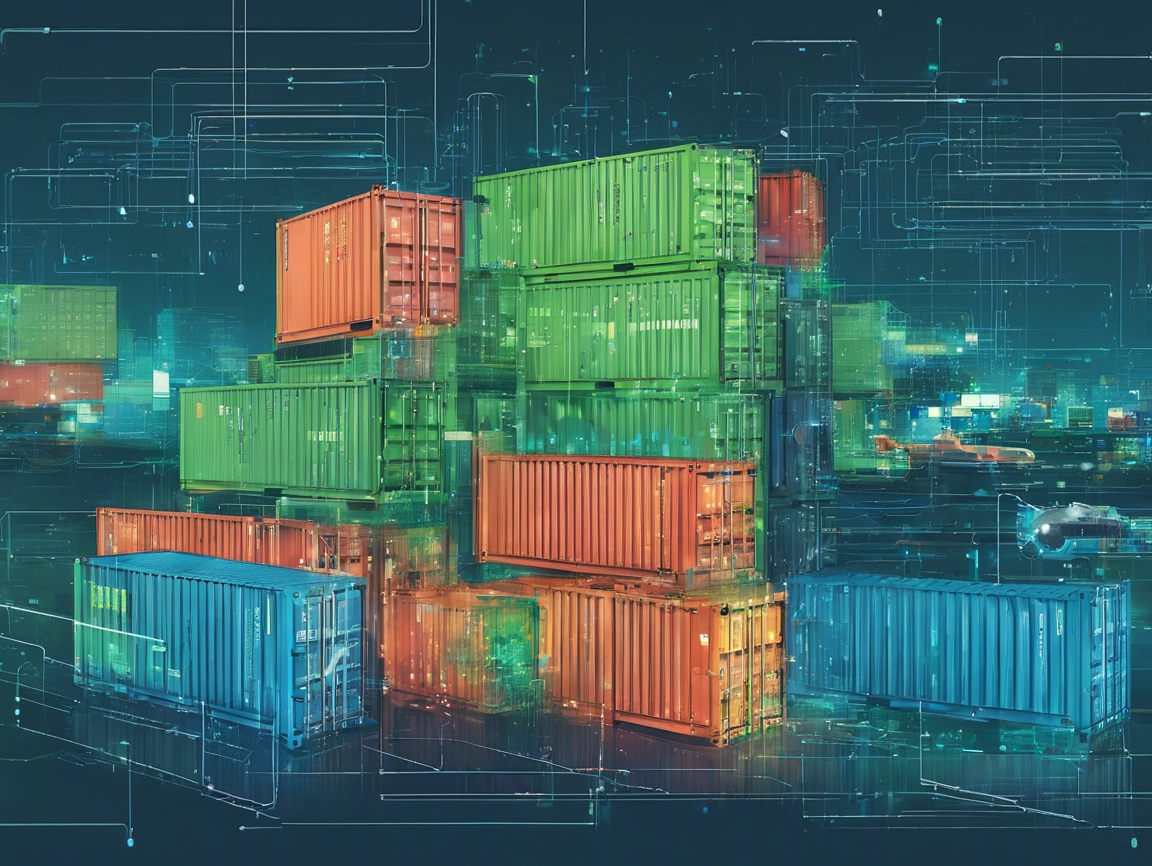Introduction
Containerization has revolutionized how applications are developed, deployed, and managed. From Docker to Kubernetes, containers have enabled organizations to build scalable, microservices-based architectures that support rapid development and deployment. But with great flexibility comes significant security challenges. Container misconfigurations, image vulnerabilities, and runtime attacks are just a few of the concerns that haunt DevOps teams. This is where Container Security, an integral part of Application Security Posture Management (ASPM), plays a crucial role. A robust container security strategy is critical for protecting applications and data in a world where breaches can originate from a simple yet devastating container misconfiguration.
Understanding Container Security
Container Security refers to the set of practices, tools, and processes aimed at protecting containers from threats across the development lifecycle. Unlike traditional application security, container security must consider ephemeral workloads, dynamic scaling, and the shared nature of container hosts. It encompasses everything from securing the build pipeline and scanning container images for vulnerabilities to applying security policies at runtime.
Containerized environments introduce unique attack vectors. A single misconfigured container can expose a network to lateral movement attacks, while a compromised base image can affect multiple applications simultaneously. As organizations embrace DevOps and cloud-native architectures, addressing container security early and continuously becomes essential.
The Container Security Landscape
The attack surface of containerized applications is expansive. Misuse of container privileges, outdated base images, and unscanned registries represent just a few of the critical vulnerabilities seen in recent incidents. In 2023, a notable breach involved a misconfigured Kubernetes API server that allowed unauthorized access to sensitive data, showcasing how seemingly small errors can have significant consequences.
Moreover, containers often share underlying operating system kernels, amplifying the risk of kernel-level attacks. Therefore, comprehensive security measures must span from the development environment to production deployments, covering the full spectrum of containerized operations.
Key Components of Container Security
Image Scanning
Image scanning is the cornerstone of any container security strategy. It involves inspecting container images for vulnerabilities, malware, and configuration issues before they are deployed. Tools like Aqua Security, Trivy, and Anchore can scan images against vulnerability databases such as CVE and provide detailed reports on potential risks.
- Benefits: Early identification of vulnerabilities, ensuring images are secure and compliant with organizational policies.
- Best Practices: Automate image scanning in CI/CD pipelines, and establish a process for updating base images regularly.
Runtime Protection
Once containers are deployed, runtime protection becomes critical. Runtime security involves monitoring container behavior for anomalies, such as unexpected file system modifications or unauthorized network connections. Solutions like Falco and Sysdig provide real-time threat detection, ensuring that malicious activities are promptly flagged and mitigated.
- Example: A container that starts executing cryptomining scripts would be detected and terminated before it impacts system performance or compromises sensitive data.
Network Policies and Segmentation
Containers often communicate over complex and dynamic networks. Without proper network segmentation and policy enforcement, a compromised container could grant attackers lateral movement across the infrastructure. Kubernetes network policies and service meshes like Istio are used to enforce strict communication rules, limiting the attack surface.
- Key Principles: Implement a zero-trust model, where communication between containers is restricted to only what is necessary for functionality.
Secrets Management
Storing sensitive information such as API keys, tokens, and database credentials securely is crucial. Hardcoding secrets in container images or environment variables can lead to severe breaches. Instead, use dedicated secrets management tools like HashiCorp Vault or Kubernetes Secrets to manage and inject sensitive information securely.
- Critical Considerations: Ensure secrets are encrypted both at rest and in transit, and limit access using role-based access control (RBAC).
Challenges in Securing Containerized Environments
Despite the availability of advanced tools, securing containers is not without obstacles. Some common challenges include:
- Rapid Deployment Cycles: Containers are often deployed and terminated at high velocity, making traditional security approaches ineffective.
- Complexity in Policy Management: Applying consistent security policies across multiple clusters and environments requires robust automation and governance.
- Visibility Gaps: Monitoring container activity in real-time is challenging, especially in multi-cloud or hybrid environments where containers are distributed.
Security teams must work closely with DevOps to integrate security seamlessly into the development process without slowing down innovation. This requires automation, collaboration, and a deep understanding of the container ecosystem.
Integrating Container Security with ASPM
Application Security Posture Management (ASPM) brings all security practices, including container security, under a unified strategy. ASPM platforms provide visibility into container vulnerabilities and automate remediation efforts. Integrating container security with ASPM allows organizations to:
- Consolidate Security Posture: View container vulnerabilities alongside application code and infrastructure risks for a holistic security assessment.
- Automate Threat Detection and Response: Use ASPM tools to automate actions such as terminating compromised containers or updating vulnerable images.
- Continuous Compliance: Ensure containerized workloads comply with regulations like PCI DSS, GDPR, and SOC 2 through automated policy enforcement and audit trails.
This integration simplifies governance and enhances overall security efficiency.
Best Practices for Container Security
- Adopt a Shift-Left Security Approach: Embed security checks early in the CI/CD pipeline, so issues are detected and remediated before deployment.
- Use Minimal and Trusted Base Images: Avoid bloated images that contain unnecessary packages. Base images should be minimal and frequently updated.
- Run Containers with Least Privilege: Containers should operate with the minimum permissions required. Avoid using root privileges unless absolutely necessary.
- Implement Robust Logging and Monitoring: Enable logging for all container activities and ensure logs are forwarded to a central monitoring system for analysis.
- Regularly Update and Patch: Automate updates for container images and ensure the latest security patches are applied to running environments.
Compliance Considerations for Containerized Workloads
Compliance is a critical aspect of container security. Many regulations require specific controls and audit trails for how sensitive data is handled and protected. Here’s how container security aligns with key compliance frameworks:
- HIPAA: Use encrypted storage for health-related data and audit logs to track access and modifications.
- PCI DSS: Ensure containerized payment systems are secure and segregated from non-compliant components.
- SOC 2: Enforce strict access controls and maintain a clear audit trail of all containerized processes.
Automated compliance checks provided by ASPM solutions simplify adherence, making audits more efficient and less disruptive.
Emerging Trends in Container Security
As the container ecosystem continues to evolve, new trends are shaping the security landscape:
- Widespread Adoption of eBPF: Extended Berkeley Packet Filter (eBPF) technology is enabling more efficient and detailed runtime monitoring without impacting performance.
- Confidential Containers: Innovations like confidential computing are being integrated into containers, ensuring that data remains secure even when processed in untrusted environments.
- Supply Chain Security: There is a growing emphasis on securing the entire container supply chain, from source code to container registries.
Keeping pace with these trends is essential for staying ahead of emerging threats and leveraging the latest security advancements.
Schedule a demo today to learn how Plexicus can fortify your digital infrastructure.





